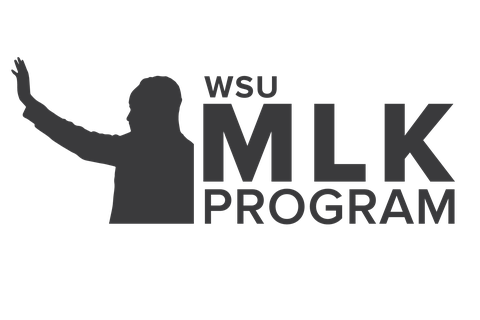The ASCC is committed to fostering a welcoming and inclusive environment for all students.
We recognize that Black, Indigenous, and People of Color (BIPOC) job applicants often face unique challenges in the hiring process, including discrimination and bias. We believe that every student should have equitable access to the resources and opportunities needed to reach their full potential and succeed in their chosen careers. Our career development services are designed to support all students, regardless of background, and we are here to help you achieve your goals. We value diversity and embrace the unique perspectives and experiences that each student brings to the table. We welcome you to utilize our resources and take advantage of the support we offer as you embark on your professional journey.
Further on this page you will find career development and workers rights resources for many different identities, please feel free to explore, or make an appointment with us to address your concerns, work through challenges, and strengthen your application materials.
National Entrepreneurial Resources:
The U.S. Small Business Administration (SBA) supports the development and growth of minority-owned small businesses and entrepreneurs through counseling and training, funding programs, SBA contracting certifications, and partnerships with federal agencies and resource partners.
Asian American/Pacific Islander:
The National Association of Asian American Professionals (NAAAP) is a non-profit, volunteer-run organization that serves as a leadership platform for Asian and Asian American professionals in North America, offering networking, educational events, and training.
The Asian American Professional Association (AAPA) aims to address diversity challenges in Corporate America by promoting and developing Asian American and minority professionals to maximize their leadership potential towards management and executive roles, providing one-on-one mentoring, nonprofit board internships, leadership workshops, and speaker sessions, and building a supportive community committed to encouraging diversity and inclusion.
Black/African American:
Black Connect is a national, membership-based organization that aims to eliminate the racial wealth gap in America by increasing the number and success rate of Black-owned businesses.
The National Council of Negro Women is a network of over 2 million people, that advocates for and empowers women of African descent and their communities through programs focused on education, entrepreneurship, health, civic engagement, and social justice.
100 Black Men of America, Inc. is a mentoring organization that focuses on education, health, economic empowerment, and mentoring to help African American youth reach their full potential and become successful leaders in their communities.
Hispanic/Latin American:
ALPFA is a national Latino professional association that aims to empower and develop Latino men and women as leaders of character for the nation, offering access to networking, professional leadership development opportunities, and paid summer internships through Fortune 1000 corporate partners.
The Hispanic Alliance for Career Enhancement (HACE) is a national non-profit that supports current and aspiring Latino professionals by providing professional development, resources, and networks, facilitating access to meaningful career opportunities, and working with employers to attract, develop and retain diverse professionals.
Indigenous/Native:
SAIGE is a non-profit organization representing American Indian and Alaska Native government employees, offering an annual training program focused on professional development, leadership, and Federal Indian Trust Responsibility, including specialized sessions for Veterans and Youth.
This Department of the Interior, Indian Affairs resource highlights the significant contribution of Native American-owned businesses to the U.S. economy and how Indian Affairs can help tribes and tribal members with funding and legal support to encourage investment and economic empowerment.
The National Congress of American Indians (NCAI) offers various job opportunities, fellowships, and internships to individuals interested in gaining professional experience in American Indian and Alaska Native tribal policy and governance.
Workers rights:
The Equal Employment Opportunity Commission (EEOC)
Enforces federal laws that make it illegal to discriminate against a job applicant or an employee because of the person’s race, color, religion, sex (including pregnancy, gender identity, and sexual orientation), national origin, age (40 or older), disability or genetic information.
Washington State Human Rights Commission
Information and forms for Washington States complaint submission for violations of anti-discrimination laws can be found here
Support and advocacy groups:
The American Civil Liberties Union (ACLU) provides legal advocacy and defends the individual rights and liberties guaranteed by the Constitution and laws of the United States.
A coalition of over 240 BIPOC-led nonprofits in Washington state are working together to promote wellness, restore resources, and advocate for their communities, with the goal of nourishing collective well-being and generating shared abundance.







